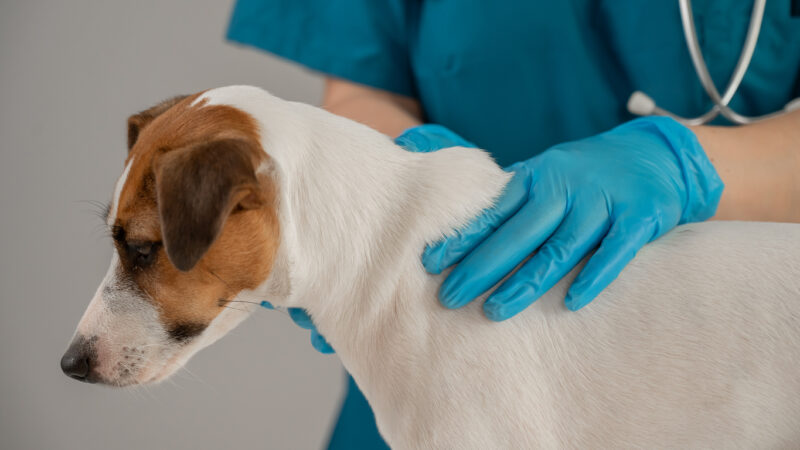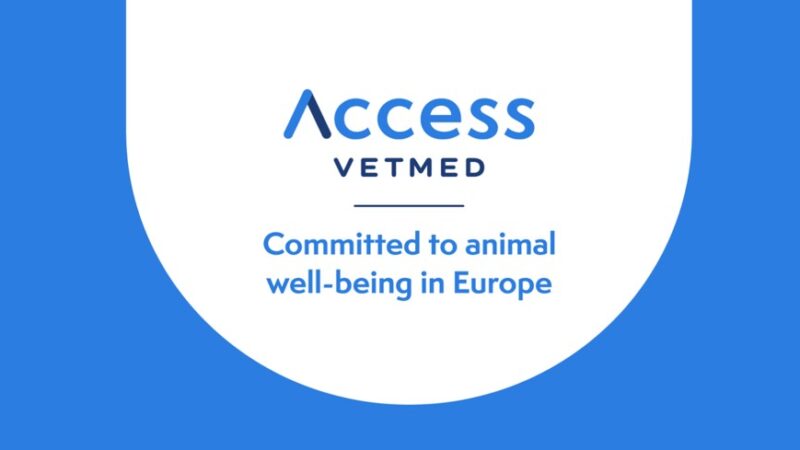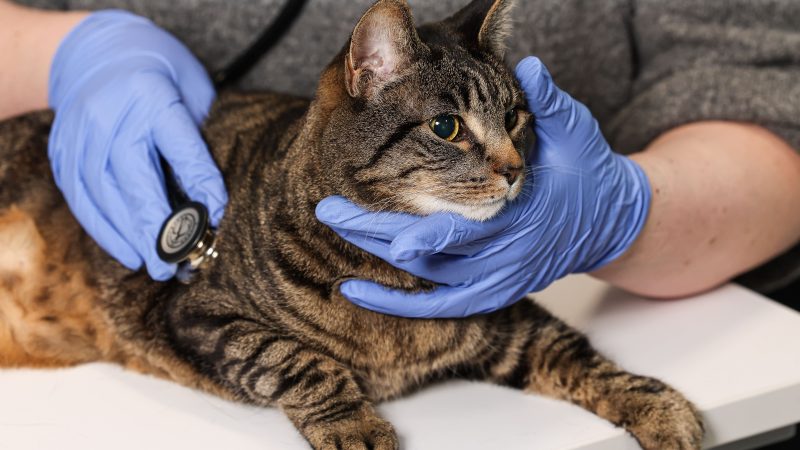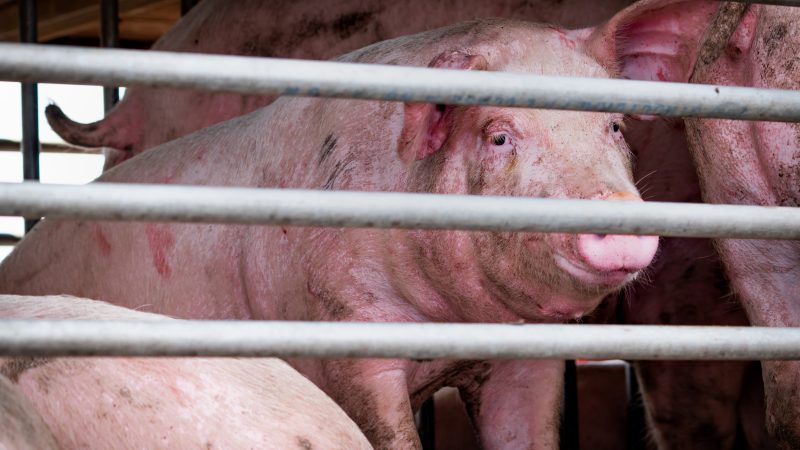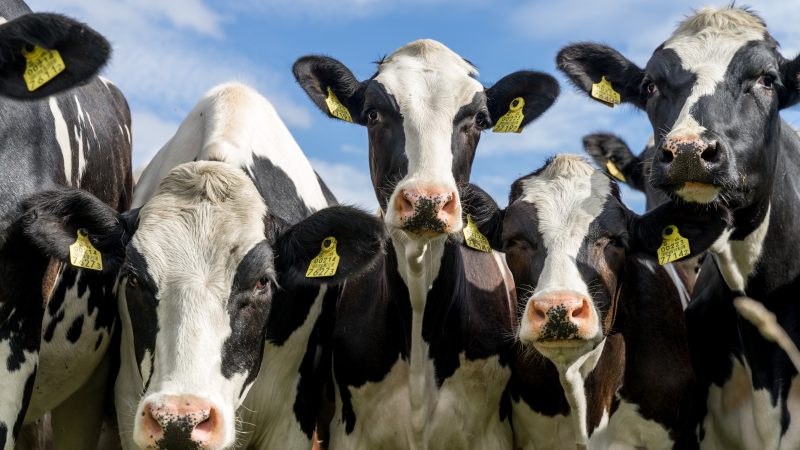Bluetongue (BTV3) – Update from DAERA

One case of Bluetongue (BT8) was diagnosed in Northern Ireland in 2018, following the abortion of a cow recently imported from Europe. Given the time of year (November) and epidemiological conclusion that the animal was infected prior to import, NI maintained our high disease status.
Since then, NI has remained free of bluetongue. DAERA considers, at this stage, that the main risk of importing disease is by an imported animal rather than plumes of virus infected midges arriving from mainland Europe or GB, although that position may change if BTV3 continues to spread from Eastern England, across GB.
It remains difficult to predict with certainty the impact of the new BTV3 strain, Indications are that there is strong cross industry support to maintain import controls and limit the most serious risk of disease incursion through infected animals or germplasm. There is a strong concept of Biosecurity and responsibility especially from leaders in the Agri-food sector. We recognise that it is likely that at some point Northern Ireland will become infected by Bluetongue. Our ambition is that by that time authorised vaccines will be widely available.
The Basics

Bluetongue affects ruminants. The virus is primarily transmitted between susceptible vertebrate hosts by culicoides midges. While this orbivirus virus isn’t present in Northern Ireland (NI) we are all too aware that unfortunately the vector midge is! . The BTV-3 strain is recorded as having the most significant clinical signs of infection. BTV is a member of the Orbivirus genus of the family Reoviridae. There are 29 recognised BTV serotypes and several recently isolated but yet unclassified unique ‘atypical” strains. Other members of the Orbivirus genus with similar insect vectors, include Epizootic Haemorrhagic Disease which also affects ruminants, and African Horse Sickness.
Cattle are important in the epidemiology of the disease due to the prolonged viraemia that occurs following infection combined with often less obvious signs of infection. The most severe effects are usually seen in Sheep. Bluetongue does not infect humans, or non ruminant domestic animals.
The main economic effects of an outbreak are the loss of production, illness and deaths of affected animals,. Restriction zones are applied initially in an effort to limit further development of infected midge populations and Stamp out incursion. Restrictions generally result in the loss of live animal and germplasm export trade Food is not a source of infection so generally Slaughter / Milk collection and exports can continue albeit with initial restrictions.
The clinical picture:


Excellent pictures and video of Bluetongue clinical presentation are available and example is the Webinar hosted by DAERA in early spring 2024, which featured front line evidence of our respected dutch colleague Dr. Margrit Margit Groenevelt DVM Dip. ECSRHM. This video is still available online.
The pathology is attributable to an increase in vascular permeability and include fever, hyperaemia and congestion, facial oedema and haemorrhages, erosion of the mucous membranes, coronitis and laminitis, and pleural and pericardial haemorrhages.
Unlike Sheep, Cattle do not often show clear signs of disease so owners should also look out for signs of fatigue and lower productivity including reduced milk yield.
From information provided by APHA have compiled a summary of symptoms they have reported from cases in Eastern England.
| Cattle and % | Most common signs | Sheep and % |
| Lameness (69%) | 1 | Nasal discharge (57%) |
| Red mucous membranes (65%) | 2 | Lethargy and swollen face (40%) |
| Crusting on nose (55%) | 3 | Lameness and reluctance to move (33%) |
| Oral ulceration (48%) | 4 | Oral ulceration and crusting of muzzle (26%) |
| Ocular discharge (38%) | 5 | Inappetance, hypersalivation and dyspnoea (23%) |
Some strains of BTV (demonstrated in BTV8 in cattle) have been shown to overwinter in utero, as the foetus becomes infected and at birth, if the animal survives, it is capable of spreading the disease. Signs of infection include:
calves born small, weak, deformed or blind death of calves within a few days of birth and abortions Livestock keepers and vets should consider bluetongue as a possible cause for calves showing these signs, and this may be applicable to BTV3..
The experience in the Netherlands, where virus load is high is quite different. Unconfirmed unofficial reports from practitioners indicating that virtually all farms (30K) have been infected by this virus with mortality rates ranging from 5% to 30%. Vaccination strategies deployed in NL to date have received mixed reports, however the general consensus is that while the vaccine does not fully protect against infection, the severity of the disease is reduced. In reality, these vaccines have been deployed at a period of high challenge and therefore and it is likely that full fair evaluation has not been possible.
The European dimension
The disease overwintered in the Netherlands, Belgium and Northwestern Germany and the initial signs of re-emergence were seen in those countries in May and June of this year.
BTV3 has also spread this year to France, Denmark, Luxembourg, Austria and the Czech Republic. The serotypes currently circulating in mainland Europe include BTV1, BTV 3, BTV 4, BTV 8 and BTV16. Of most concern to DAERA are the outbreaks in France, Netherlands, Belgium and Germany as farmers from NI have frequently sourced cattle and sheep from these countries. Whilst there is mandatory certification import requirements from affected areas, there is always a risk that infection can be present. As the main requirement for certification is that the ruminant is vaccinated, and as there are no approved vaccines available for BTV3, importation from the affected areas is not permitted, but can occur from outside these areas. For deterrent purposes departmental policy, in line with the rest of the UK specifies that no compensation is payable if animals are found to be infected following import. There is also a risk of disease transmission through infected germplasm
Map of the affected countries affected by Bluetongue.

GB

This year In Great Britain the first reports of BTV3 in 2024 were on 26 August 2024 and since then, as of 30 September 2024, infection has been confirmed on over 100 premises in England and at one farm in Wales. (The updated GB current situation is also available on line. As GB is not considered to be BTV free, the movement of ruminants from GB to NI and EU Member States is restricted. The implications of circulating infection in GB for Northern Ireland were immediate with the closing of trade in live ruminants and susceptible species from Great Britain. EU export rules provide that potential carriers of Bluetongue cannot be exported from third countries where disease exists.
Predictions and Prevention.

Putting aside illegal imports and imports from the EU, predictions of BTV incursion will blend awareness of the disease picture in GB and an element of weather watching. We receive meteorological information from UCD Centre for Veterinary Epidemiology and Risk Analysis (UCD CVERA ) and from the UK Met Office through their model NAME. Fortunately as farmers are keenly aware, the east wind does not blow so often, however vigilance is always needed.
Example of data provided by CVERA as an aid to understanding potential future and past Incursion events.

The current risk of a BTV incursion with onward transmission has been assessed by DAERA epidemiologists as MEDIUM with MEDIUM uncertainty.
Our prevention strategy is based on post import testing and the culling or removal of an infected animal without compensation, Ruminants imported from restricted and risk countries are required to be isolated from other animals present on the farm of destination and tested for bluetongue antibody and the presence of the virus using PCR testing. Annual routine Bluetongue surveillance is carried out using abattoir surveillance with increased surveillance on the eastern counties. Midge surveillance is also carried out across NI to determine the times when the midges are active or inactive (generally mid-December to early April).
Given recent contingency exercise conclusions in Northern Ireland, in an outbreak scenario of BTV3, tracing of suspects is likely to be ineffective for the purposes of disease eradication, and as an approved vaccine is not available, the disease would likely spread quickly. Options for farmers and their veterinarians would be limited to treating animals symptomatically to ensure best animal welfare. Therefore, the conclusion is that our best option is to keep the disease out by minimising imports or “responsible animal sourcing”.
Vaccination
There is currently no approved, authorised vaccine available for BTV3, although a vaccine has been licenced for emergency use in affected areas On Wednesday 4 September 2024, the Defra Secretary of State approved three unauthorised BTV-3 vaccines. Whilst this approval of unauthorised vaccines is UK wide, the decision to use under licence is a devolved matter. Therefore if appropriate, the local Minister will be asked for his decision. At this juncture the use of unapproved unauthorised vaccine is only licenced for the high-risk counties of England, and due to relative limited supply, being reserved for those most at threat.
Once bluetongue is circulating in a country, like other endemic disease, the usual method of control is by vaccination… The information provided by the manufacturers in the BTV-3 vaccines data sheets, advises that use reduces the clinical signs and viraemia following infection with the BTV-3 virus but does not provide complete protection.
In summary it is important to note that the direct movement of all live ruminants and camelids from Great Britain to Northern Ireland is still suspended and the use of approved unauthorised vaccines in England does not impact on this. Vets and Farmers should be aware of the clinical signs of bluetongue. If bluetongue is suspected, this must be notified to your local DVO, who will carry out an investigation and test the animal if considered necessary. Further information is available on the DAERA website: Bluetongue I Department of Agriculture, Environment and Rural Affairs (daera-ni.gov.uk)
Useful web links
Bluetongue | Department of Agriculture, Environment and Rural Affairs (daera-ni.gov.uk)
Spotlight: Understanding bluetongue virus | News | The Pirbright Institute
https://www.gov.ie/en/publication/cd6c0-bluetongue-virus/
Bluetongue: news, information and guidance for livestock keepers – GOV.UK (www.gov.uk)

